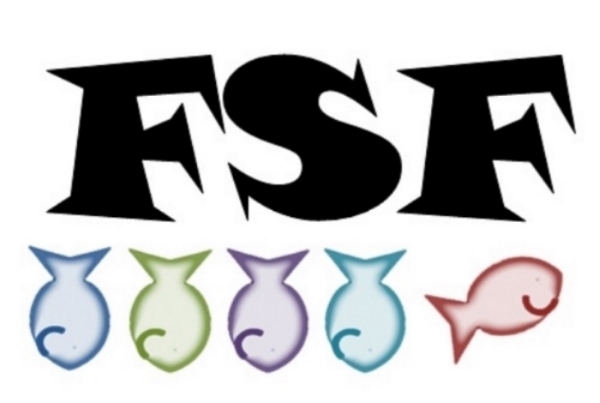Stories of fantasy and science fiction often utilize a speaking creature as a plot point. This tradition goes back to ancient mythology. However, there’s a distinction between the wise owl of the ages and Mr. Owl taking your sucker. When does the mystical being become the Disney sidekick and when are either appropriate?
First off, anyone who knows my Funko pop collection is aware of my weakness for Disney sidekicks (as well as Universal film monsters, but that’s a different story). But even the animators of these family movies have to make the decision between simply cute or human level communication. For example, in Moana and Tangled the animals show a higher level of emotion and comprehension without talking. This fits well into the fantasy realms in which the stories take place. They provide humor, warmth, and even some plot points, but do not detract or make the main ideas feel silly. Where as in Cinderella, the mice talk in ridiculous broken English, acting as both comic reliefs and talking heads for the audience.
The trouble is when your creature serves no purpose other than aesthetic value. You think “Kids like spiders. I’m writing a kids book so I’ll add a spider.” Unless you’re Mercier Mayer, that isn’t really how it works. Character Osidekicks should always serve a role and have point. They should not just be an excuse to sell plush (I’m looking at you Barbie movies).
A good modern example of an animal sidekick who cute, cuddly, and can be used as a plot device is Mouse, the Temple dog from Jim Butcher’s the Dresden Files. He checks all of the boxes and I would totally buy him as a plush.

